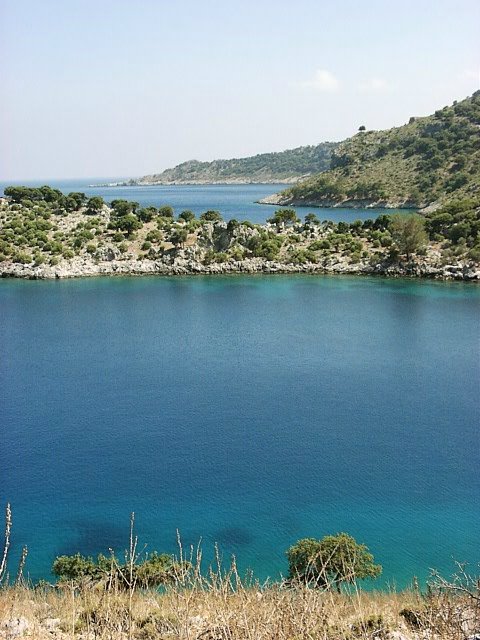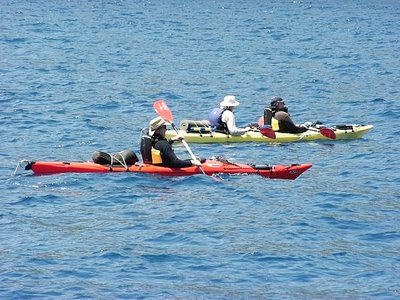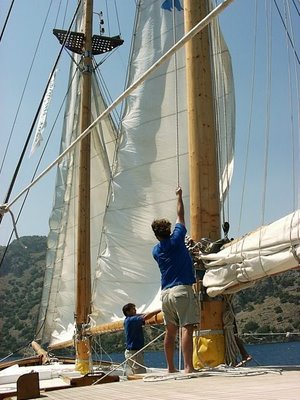
The best way of travelling and enjoying Turkish Fethiye region at Mediterranean and Aegean coast of Turkey is walking and trekking around. There are many good tracks around Fethiye. The best one is the chain of paths called Ancient Lycian Way, starting from Fethiye and connecting major Lycian cities to Kas and even Antalya along 500 km. If you like to walk in nature you can meet warm and friendly people in small mountain villages, their semi-nomadic life style, catch the mistery of nature and history.
In first part of the way you see Faralya (Uzunyurt), Dodurga villages, ancient Sdyma, Pinara, Letoon, Xanthos cities, and Patara Beach, an ancient port with fine sands. If you still keep walking you can see ancient cities of Antiphellos, Apollonia, Simena, Myra, Limyra and Olympos with its fire burning for centuries. There are travel agents and groups organizing trekking tours around in Fethiye.

The track crosses mountains and coastal regions. The highest point is 1800 meters from the sea level. Kate Clow, British long-distance trail researcher, waymarked the track with her friends and sponsors. (She is the creator of St. Paul Trail also. She is living in Turkey for more than ten years.)

Lycia is the ancient land of Lycians at the Mediterranean coast of Turkey, to the south of Taurus Mountains. You can see the traces of the heritace of ancient Greeks, Persians, Romans, Byzantians, Arabs, nomadic Selchuk Turks and Ottoman Sultans. There is a special mistery in the 2000 years old Lycian cities and rock tombs far from modern cities and life.

Luxurious hotels, houses, shopping centers, brand new cars, casual modern people, night life and entertainment in the vacation resorts in the modern cities of Turkish Riviera at one side. And mountain villages, semi-nomadic life, village houses with chicken and farm animals around, small hotels and farm houses to enjoy village life, sleeping in the tents or under the stars in your sleeping bags on Lycian track on the other side. Traditional Turkish hospitality is a matter of honor in the mountain villages.
A more comfortable alternative way is to travel by car or tour bus stopping at ancient cities. Adrasan to the 60 km. south of Antalya is a good point of accommodation for both sea and trekking alternatives, on the Lycian Track, with convenient small hotels. When you walk to the south following the goat path you come to a light house. Chimaera is near the ruins of ancient legendary city Olympos near Tahtali Mountain, 2366m. The fire comes from the gaseous rocks. Today its fire is enough only to toast a slice of Turkish bread. You can walk this track with a pair of good shoes and physical fitness.
Or you can choose marine side and enjoy gulet sailing (traditional Turkish Mediterranean boats) like ancient sailor lords at surprisingly convenient prices or kayaking at sunken ancient cities.

